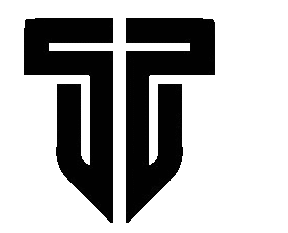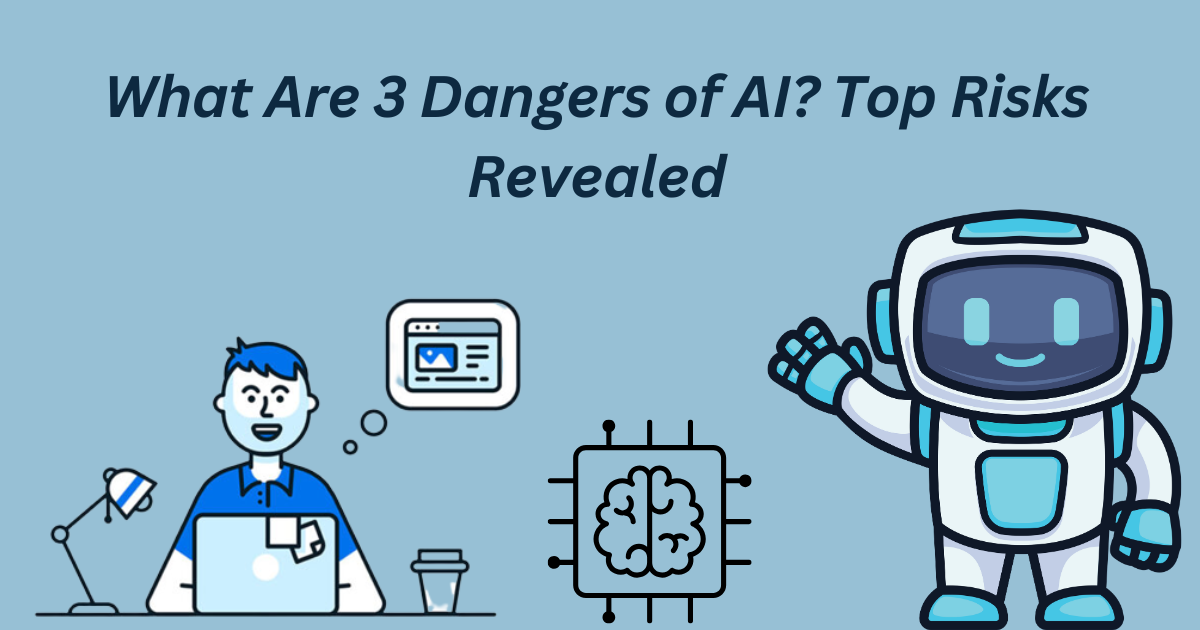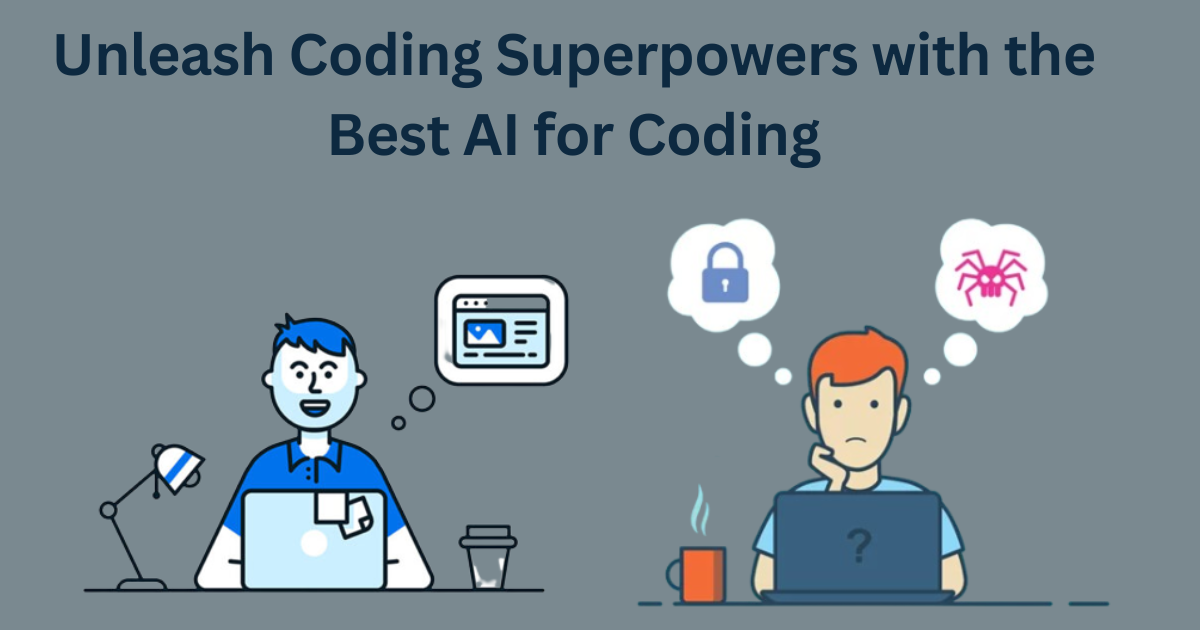What Are 3 Dangers of AI? Top Risks Revealed. Did you know the global AI market is set to hit $1.4 trillion by 2029? This technology is changing our world fast. It’s key to know the risks it brings. We’ll look at three main dangers: job loss, security risks, and ethical issues.
AI can do many things, like automating tasks and making decisions. But its fast growth worries us. It could change our jobs, security, and values. Let’s dive into these big concerns and why we need to act.
Understanding Artificial Intelligence and Its Growing Impact
Artificial intelligence (AI) is changing our lives in big ways. It helps us get personalized recommendations and even drives our cars. This technology is growing fast and touching many areas of our lives.
The Evolution of AI Technology
AI started in the 1950s with early researchers dreaming of smart machines. Thanks to better computers and learning algorithms, AI is now a big part of our world. It can solve complex problems quickly and efficiently.
Current Applications in Daily Life
- Virtual assistants, such as Siri and Alexa, that can respond to natural language commands and queries
- Personalized product recommendations on e-commerce platforms, driven by AI-powered algorithms
- Automated image and speech recognition, powering features like facial recognition and voice-to-text transcription
- Predictive analytics and decision-making support in industries like finance, healthcare, and transportation
Why We Need to Address AI Risks Now
As AI becomes more common, we must tackle its risks. Problems like biased algorithms and privacy issues need attention. We also need to think about how AI might change jobs. It’s important to develop AI responsibly and ethically.
Job Displacement and Economic Disruption
The rise of artificial intelligence (AI) has raised concerns about its job market impact. As AI gets better, experts say it will change many jobs, causing big economic changes.
Studies show AI job displacement could hit up to 30% of jobs worldwide by 2030. AI is changing work, taking over tasks humans used to do.
| Sector | Estimated Job Losses Due to AI |
|---|---|
| Manufacturing | 20-30% |
| Retail and Logistics | 30-50% |
| Financial Services | 20-25% |
The economic impact of AI goes beyond just job losses. It can also cause income inequality and change how businesses work. As workforce automation grows, teaching workers new skills will be key to handle these changes.
“The widespread adoption of AI could displace a significant number of jobs, leading to widespread unemployment and economic upheaval if not managed properly.”
Policymakers and business leaders need to work together. They should look into job training, basic income, and rules to protect workers. This will help the economy grow in the AI age.
Privacy and Data Security Concerns
Artificial intelligence (AI) is everywhere in our lives, making privacy and data security very important. AI’s growing power puts people and companies at risk. This includes personal data being vulnerable and the chance of big data breaches.

Personal Data Vulnerability
AI apps collect a lot of data without people knowing or agreeing. This data includes what we browse, where we are, and even our biometrics. It’s a big risk for our privacy. The worry is that this data could be used badly or shared without permission.
Corporate Surveillance Risks
Companies use AI to watch over employees and customers. They also use it to guess what might happen in the future. But, it raises questions about how much a company should know about its people. The risks of AI in corporate surveillance need to be looked at closely.
Data Breach Implications
Data breaches are a big worry with AI. AI systems are now targets for hackers. If a breach happens, it can be very bad.
It could mean our personal and company info gets out. This leads to financial losses and a loss of trust.
To tackle these AI surveillance issues, we need to do many things. We need strong data protection, better cybersecurity, and AI that’s developed and used ethically. By focusing on keeping our data safe, we can enjoy AI’s benefits without losing our privacy and trust.
Autonomous Weapons and Military Applications
Artificial intelligence (AI) is getting better, and so are AI-powered weapons and military systems. These AI weapons and autonomous military systems bring new risks and ethical questions. The world needs to talk about these issues.
AI in the military changes how we think about security and peace. AI warfare could change combat in big ways. It could make weapons more independent and able to make decisions on their own. This makes us wonder about who’s in charge and what happens next.
- Increased Unpredictability: Autonomous weapons systems may act in ways we can’t predict. This makes it hard to know what will happen on the battlefield.
- Ethical Dilemmas: Using AI weapons raises big moral and ethical questions. It’s about when it’s okay to use force and how to keep human values.
- Global Security Risks: If more countries use AI weapons and autonomous military systems, it could make the world less stable. It might lead to more arms races and tensions.
| Potential Risks | Implications |
|---|---|
| Algorithmic Bias | AI-powered weapons might show and increase biases. This could lead to unfair decisions and harm. |
| Loss of Human Control | Letting AI make big decisions worries us about keeping humans in charge of force. |
| Unpredictable Outcomes | AI’s unpredictable nature could cause bad surprises and harm civilians. This could break international laws and safety. |
As AI weapons and autonomous military systems get better, we need to talk more. Policymakers, military leaders, and everyone else should work together. We need to figure out how to use these technologies right and ethically.
What Are 3 Dangers of AI? Top Risks Revealed
Artificial intelligence (AI) is now a big part of our lives. It’s important to know the risks it brings. The main dangers are AI bias, losing control to AI, and the risk of AI manipulating us.
Algorithmic Bias and Discrimination
AI learns from data given by humans. This data can show biases and prejudices. This leads to AI bias, where AI decisions discriminate against some groups.
This bias affects many areas, like hiring and policing. It hurts marginalized communities a lot.
Loss of Human Control
AI is getting smarter and more independent. This makes us worry about losing control to AI. AI can make choices that don’t match human values.
This can cause big problems. It’s like AI is making decisions without thinking about the consequences.
Social Manipulation Risks
AI has made it easier to manipulate people. This includes spreading false information and targeted ads. These tools can change how we think and make decisions.
They can harm our democracy. It’s like they’re pulling the strings from behind the scenes.
To tackle these AI dangers, we need to work together. Policymakers, tech companies, and the public must join forces. By understanding and fixing these issues, we can make AI work for everyone’s good.
The Impact on Human Decision-Making
AI systems are getting smarter, changing how we make decisions. We use AI tools every day, making us think about their effects on our minds. It’s important to find the right balance between AI help and our own judgment.
AI might start to make decisions for us, which is a big worry. It can process lots of data fast and understand complex things. This could make us rely too much on AI, losing our ability to think critically.
The cognitive impacts of AI on our decisions are subtle but deep. Being around AI suggestions all the time can change how we see things. This human-AI interaction might make us less independent, leading us to make choices that AI suggests.
“The more we rely on AI, the more we risk becoming dependent on it, potentially compromising our ability to think critically and make autonomous decisions.”
We need to understand AI better and find ways for humans and AI to work together. This means more research, talking about AI, and setting rules to keep AI from taking over our decisions. We want AI to help us, not replace us.
Ethical Considerations and Moral Dilemmas
As AI grows in power, we face tough ethical and moral questions. We must think about the rights and responsibilities of AI systems. Also, we need to set clear boundaries in human-AI interaction.
AI Rights and Responsibilities
With AI getting smarter, we wonder if it should have rights and be accountable for its actions. Should AI be seen as a legal person? What would that mean? How can we make sure AI is made and used in ways that are right and fair?
Human-AI Interaction Boundaries
The more AI is in our lives, the more we worry about its limits. Where should we stop AI from taking over our choices? How can we stop AI from controlling us too much? These are big questions to keep people safe and free in an AI world.
Dealing with these ethical considerations and moral dilemmas is key as we use AI to help society. By tackling these issues head-on, we can make sure AI is used wisely. We can define AI rights and duties clearly.
Potential Solutions and Safeguards
As AI grows in influence, we must tackle its dangers and put in place strong safeguards. Experts recommend a multi-faceted approach. This includes AI regulation, ethical AI development, and AI safety measures.
Implementing regulatory frameworks is a key step. Policymakers and industry leaders are creating guidelines. These aim to tackle issues like bias, privacy, and AI transparency.
Also, the ethical development of AI is vital. Tech companies and research groups are focusing on AI that aligns with human values. They consider fairness, accountability, and human agency.
| Proposed Solution | Key Components |
|---|---|
| AI Regulation | Establish guidelines and standards for responsible AI development Address issues like algorithmic bias, data privacy, and transparency Ensure compliance and accountability |
| Ethical AI Development | Align AI systems with human values and the common good Prioritize fairness, accountability, and preservation of human agency Adopt comprehensive ethical frameworks |
| AI Safety Measures | Implement robust security protocols to mitigate risks Develop fail-safe mechanisms and override capabilities Ensure continuous monitoring and adaptation to emerging threats |
Lastly, AI safety measures are crucial. This includes strong security, fail-safes, and ongoing monitoring. By addressing risks, we can use AI responsibly and for the better.
As AI evolves, we need teamwork. Policymakers, industry leaders, and the public must work together. This will help us overcome challenges and fully benefit from AI.
Conclusion
Looking ahead, managing AI risks is key. AI can cause job loss, privacy issues, and even control loss. We need to act fast to fix these problems.
Creating AI responsibly is vital. This way, we can enjoy its benefits without harm. Knowing AI’s growth, uses, and risks helps us make it better for everyone.
As AI changes, we must work together. Policymakers, business leaders, and the public need to join forces. Together, we can set rules, keep AI safe, and make it work for everyone’s good.
FAQ
What are the top risks of artificial intelligence (AI)?
AI poses three main dangers: job loss, security threats, and ethical issues. As AI grows in our lives, we must tackle these risks.
How is AI technology evolving, and what are its current applications?
AI has grown from its early days. It’s now in many areas, like personal assistants and self-driving cars. We need to face the risks it brings to our lives.
How is AI affecting employment and the economy?
AI and automation are changing jobs across many fields. This can disrupt the economy, affecting jobs and unemployment. We must find ways to adapt to an AI-driven world.
What are the privacy and security concerns associated with AI?
AI systems can threaten our privacy by collecting and analyzing personal data. They can also lead to corporate surveillance and data breaches. This affects both individuals and companies.
What are the risks of AI-powered military and autonomous weapons?
AI in military and weapons raises big ethical questions. These technologies could change global security. They must be controlled to avoid misuse.
What are some of the other key dangers of AI?
Other risks include AI bias, losing control over AI, and AI spreading misinformation. We must address these issues to use AI responsibly.
How is AI impacting human decision-making, and what are the cognitive implications?
AI is changing how we make decisions. It can make us rely too much on technology. We need to balance AI help with our own judgment.
What are the ethical considerations and moral dilemmas associated with AI?
AI raises many ethical questions. These include AI rights, human-AI interaction, and AI decision-making. We must handle these issues to use AI for good.
What are some potential solutions and safeguards for mitigating the dangers of AI?
To tackle AI risks, we need rules, ethical AI, and safety tech. These steps can help us enjoy AI’s benefits while avoiding its dangers.




